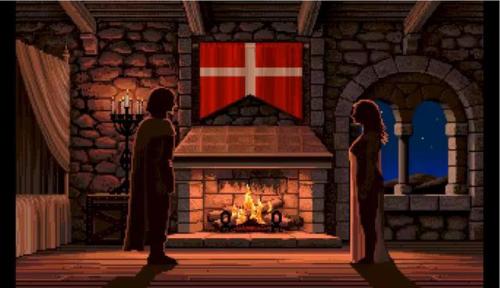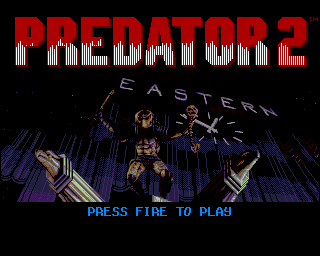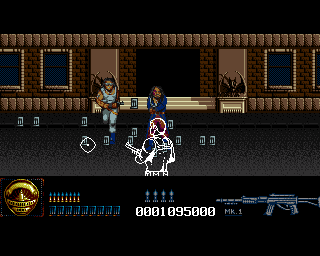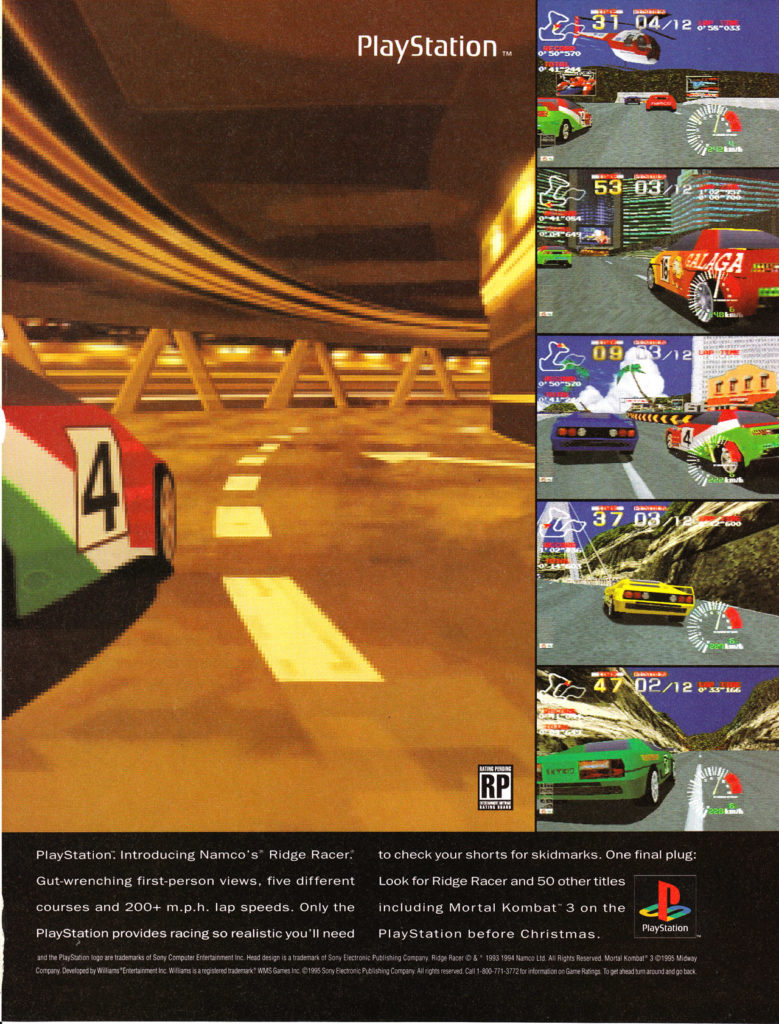
Defender of the Crown was initially released in 1986 for the Amiga and subsequently ported to a number of other systems. It was the first game released by Cinemaware. It is a landmark game and important for the Amiga in particular. Defender of the Crown was the first game that really demonstrated the graphics capabilities of the Amiga and was a huge step forward in terms of graphics standards for computer and video games in general.

Defender of the Crown is an action strategy game in which you play the role of Saxon Lord trying to fight off the Normans and sometimes Saxon rivals. Interestingly, because Cinemaware was facing financial difficulties, the game was released in an unfinished state, or at least a number of features that were originally intended were incomplete and removed from the initial release. The result was a more simplistic game than was originally intended. However, it was still an excellent game despite this and was released to rave reviews.



After the initial Amiga release, Defender of the Crown was ported to the Atari ST, DOS, Macintosh, NES, Apple IIgs, Commodore 64 and other platforms. Some ports were better than others. For example, the graphics and sound in the NES and DOS versions suffered quite a bit but the Commodore 64 version ended up being an excellent port despite that systems limitations when compared to the Amiga. On the other hand, some of the previously unfinished more in depth strategic elements were put back in those versions.


There were a couple of remakes/rereleases in later years, including a new version called Robin Hood: Defender of the Crown that was released in 2003 for the PS2, Xbox and Windows. A digitally remastered version of some Cinemaware games were released including Defender of the Crown. If you are looking to play the original, I recommend the Amiga, Atari ST or Commodore 64 versions.
The images above are all from the Amiga version.
—
Defender of the Crown, Commodore Amiga (1986)
http://darth-azrael.tumblr.com/post/171809293641/skylarking-a-go-go-defender-of-the-crown










